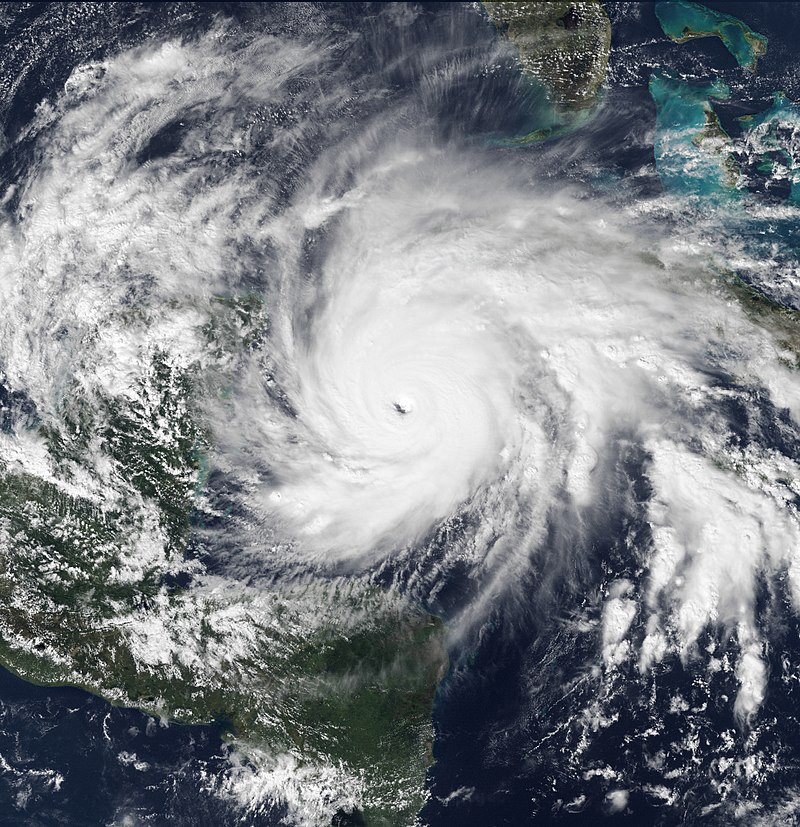This research article examines the impact of Hurricane Michelle, which struck the western Caribbean and Cuba during the 2001 hurricane season. Michelle was the fifth costliest tropical cyclone in Cuban history and the strongest hurricane of the 2001 Atlantic hurricane season. This article provides an overview of the storm’s development, its effects on various regions, including the areas affected before landfall, during landfall, and after the hurricane. Additionally, it offers insights into measures that can be taken to enhance preparedness and protection in the face of similar hurricanes in the future. The article concludes with an interesting fact resulting from Hurricane Michelle’s impact.
Introduction Hurricane Michelle, the thirteenth named storm and seventh hurricane of the 2001 Atlantic hurricane season, originated from a tropical wave that entered the western Caribbean Sea on October 29, 2001. After meandering over Nicaragua and paralleling the Mosquito Coast, Michelle intensified into a hurricane on November 2, reaching Category 4 status. The hurricane then made landfall in Cuba’s Bay of Pigs before weakening and transitioning into an extratropical cyclone.
Impact on the Western Caribbean As Hurricane Michelle traversed the western Caribbean, it caused widespread devastation. Jamaica experienced torrential rainfall, resulting in mudslides and two fatalities. The estimated damage in Jamaica amounted to $18 million. In Central America, heavy rains isolated numerous villages and damaged infrastructure, affecting areas previously impacted by Hurricane Mitch. In Honduras and Nicaragua, the storm claimed 14 lives, with 62 people reported missing.
Impact on the Cayman Islands The Cayman Islands faced strong storm surge and flooding, particularly in Grand Cayman. The damage in the region totaled $28 million, leaving a significant impact on the local economy and infrastructure.
Impact on Cuba Hurricane Michelle posed the most significant threat to Cuba, where it made landfall as the strongest tropical cyclone in over 49 years. The storm caused immense damage, disrupting communication networks and destroying buildings. The sugar cane crop suffered extensive damage as well. With an estimated cost of $2 billion, Hurricane Michelle was the costliest hurricane in Cuban history at that time, although this record was later surpassed by Hurricane Ike in 2008.
Impact on Florida and the Bahamas As Michelle moved past Florida and the Bahamas, it caused beach erosion and property damage due to strong waves and winds. Although the impact was less severe compared to Cuba, the regions still experienced considerable losses.
Casualties and Costs Throughout Michelle’s trajectory, a total of 22 people lost their lives. The hurricane resulted in an estimated $2.43 billion (2001 USD; $4.02 billion 2023 USD) in damages.
Preparedness and Protection To enhance preparedness for hurricanes like Michelle, it is crucial to establish early warning systems, evacuation plans, and infrastructure improvements. These measures include reinforcing buildings, securing loose objects, and staying informed through reliable weather updates.
Interesting Fact As a result of Hurricane Michelle’s impact, the name “Michelle” was retired from the list of Atlantic hurricane names and was replaced with “Melissa” for the 2007 Atlantic hurricane season. This practice helps to avoid confusion and ensure that no hurricane name is reused in the future due to its significant impact or notoriety.
In conclusion, Hurricane Michelle, the strongest hurricane of the 2001 Atlantic hurricane season, left a trail of devastation in its path, causing significant damage and loss of life. Cuba, in particular, bore the brunt of the storm’s fury, with extensive infrastructure damage and economic losses. To be better prepared for future hurricanes, communities must prioritize early warning systems, evacuation plans, and infrastructure improvements. By taking proactive measures, we can mitigate the impact of such storms and protect lives and property.




Leave a Reply